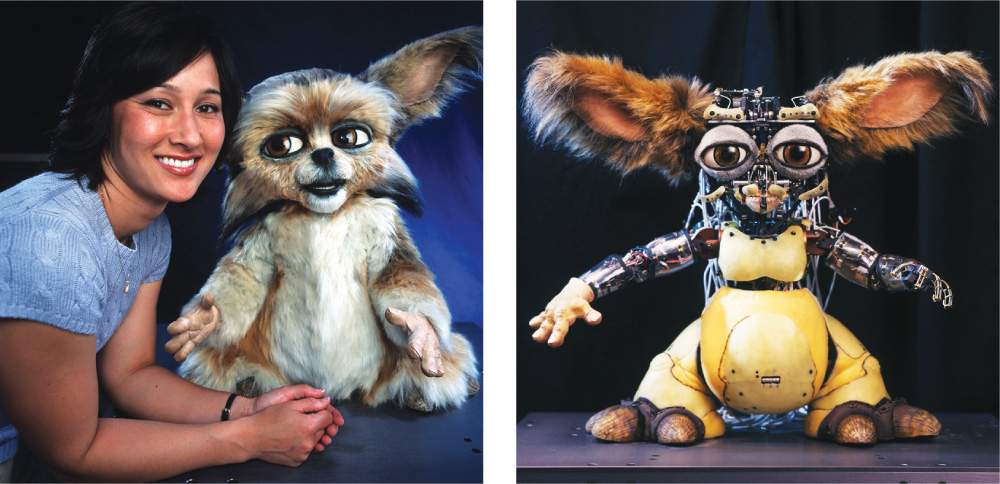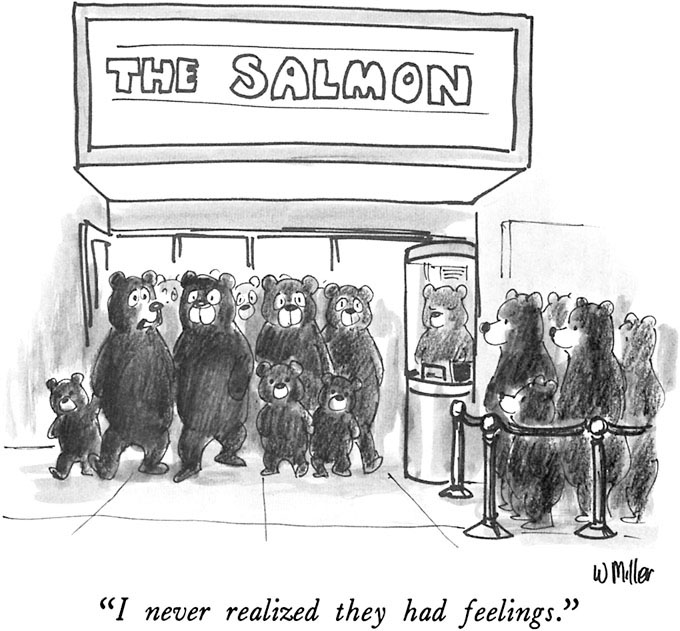Chapter Introduction
8
Emotion and Motivation
312

313
Leonardo is 5 years old and cute as a button. He can do many of the things that other 5-
Leonardo’s condition has had a profound impact on his life. For example, because he doesn’t experience emotions, he isn’t motivated to do things that bring most children pleasure, such as eating cookies or playing hide-
So when Leonardo’s mother smiles at him, he always smiles back. And yet, she is keenly aware that Leonardo is merely making the faces he was taught to make and that he doesn’t really love her.

314

SAM OGDEN/SCIENCE SOURCE
But that’s okay. Although Leonardo cannot return her affection, Dr. Cynthia Breazeal still considers him one of the greatest robots she’s ever designed (Breazeal, 2009).

YES, LEONARDO IS A MACHINE. HE CAN SEE AND HEAR, he can remember and reason. But despite his adorable smile and knowing wink, he can’t feel a thing, and that makes him infinitely different than us. Our ability to love and to hate, to be amused and annoyed, to feel elated and devastated, is an essential element of our humanity, and a person who could not feel these things would seem a lot like a robot to the rest of us. But what exactly are these things we call emotions and why are they so essential? In this chapter we will explore these questions. We’ll start by discussing the nature of emotions and seeing how they relate to the states of our bodies and our brains. Next we’ll see how people express their emotions, and how they use those expressions to communicate with each other. Finally, we’ll examine the essential role that emotions play in motivation–how they inform us, and how they compel us do everything from making war to making love.
